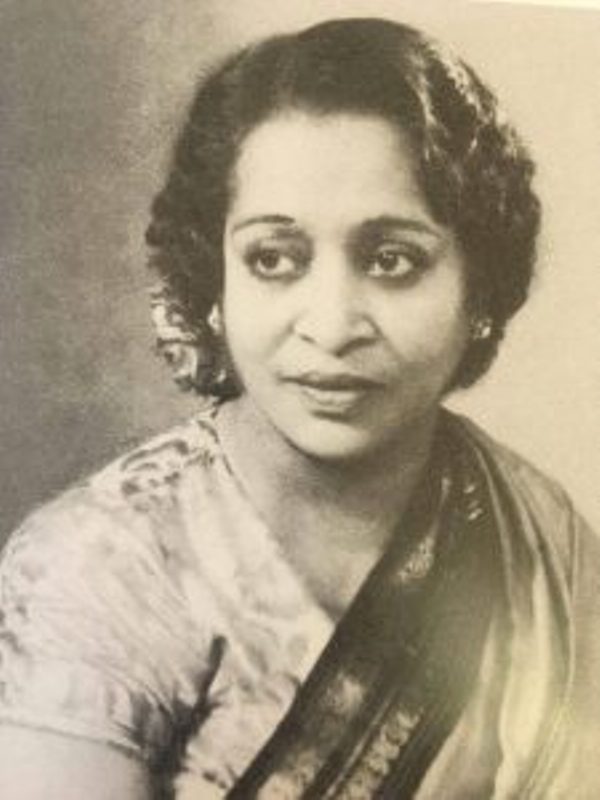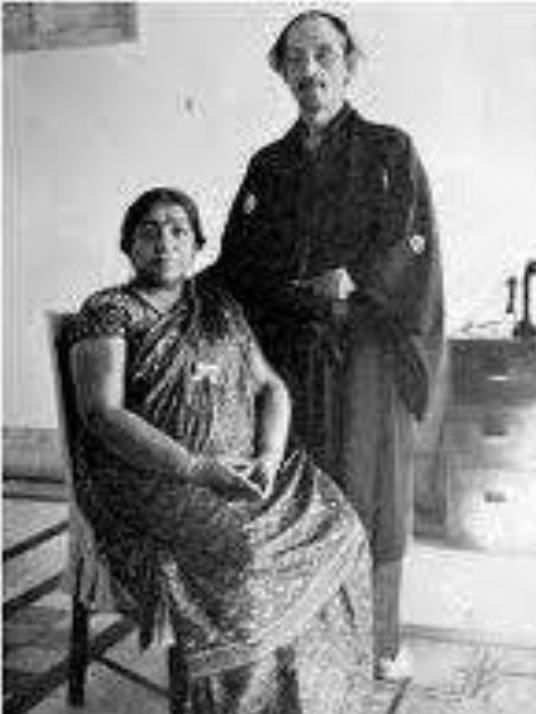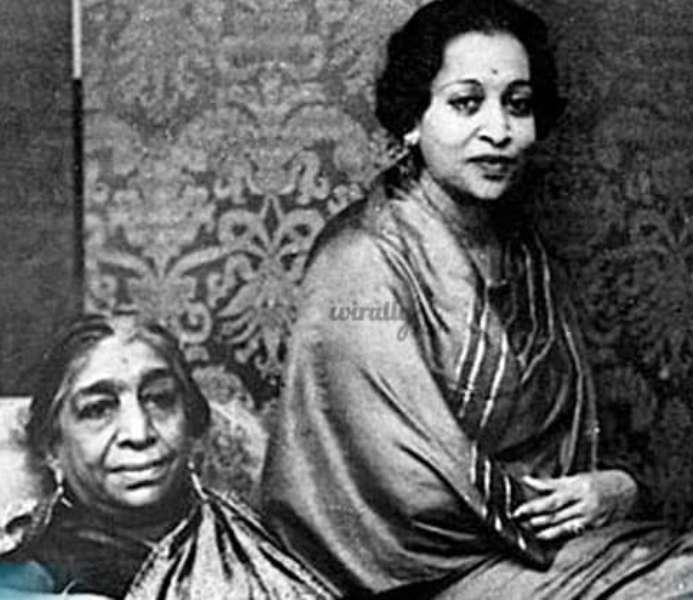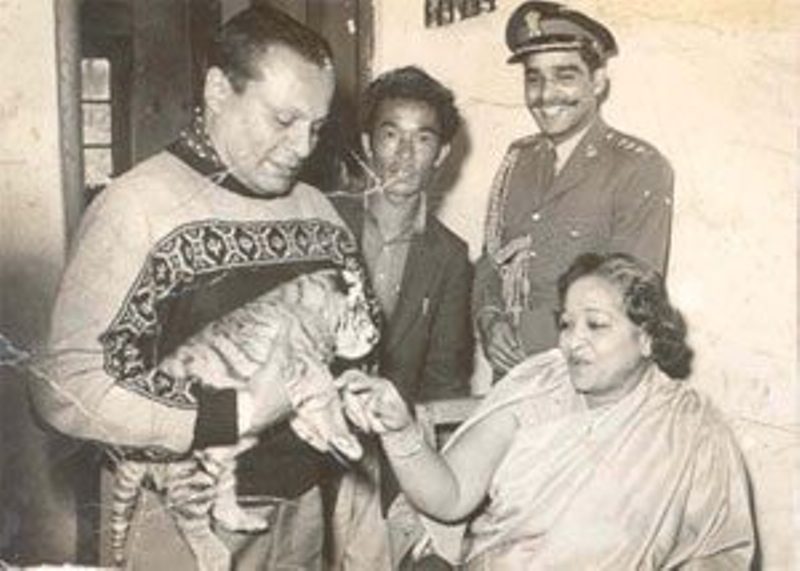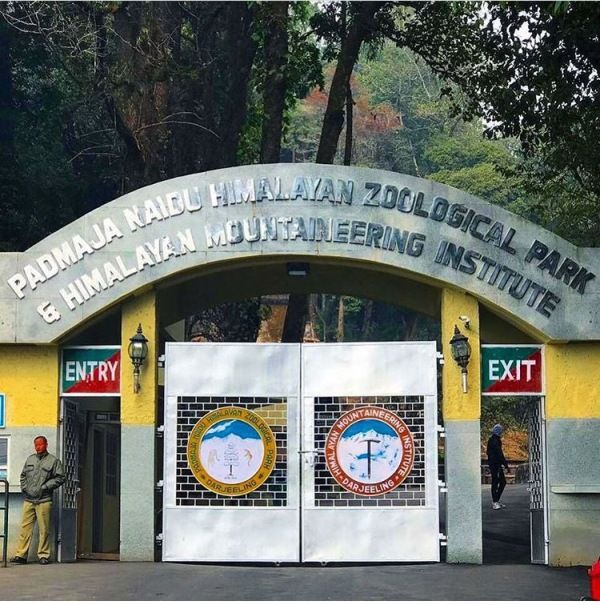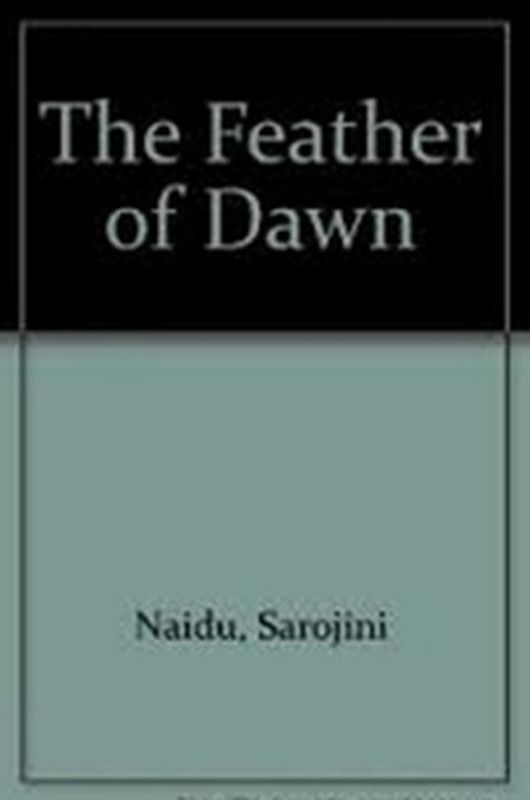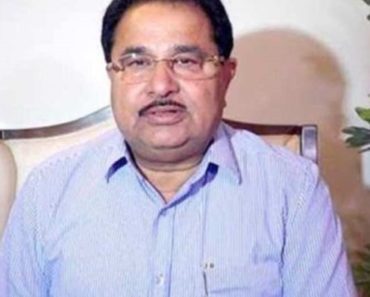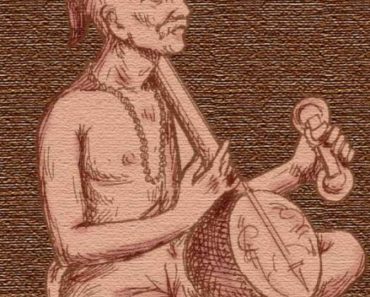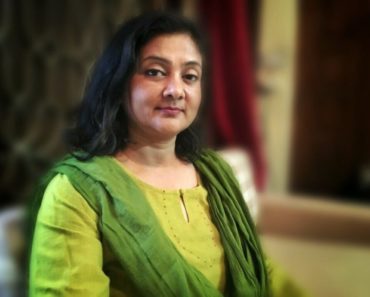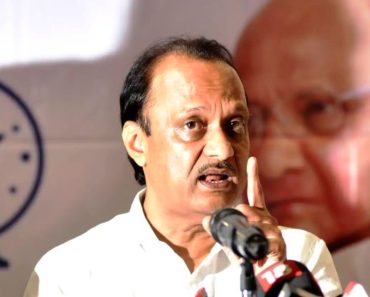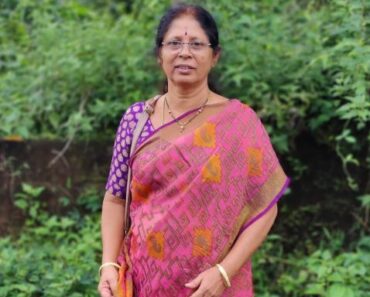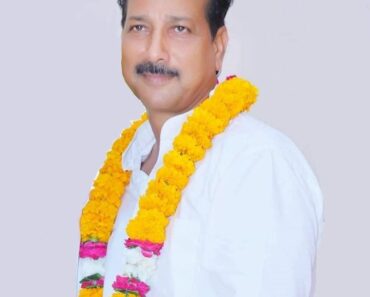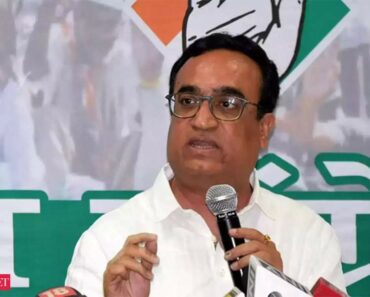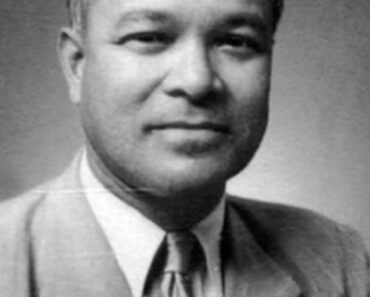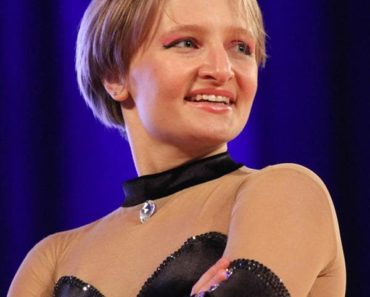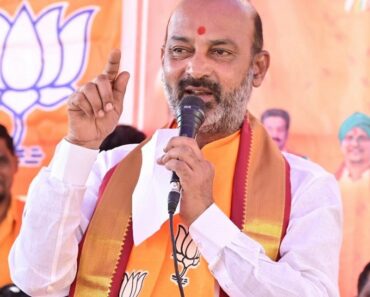Padmaja Naidu was an Indian politician and freedom fighter. She is best known for being the daughter of Sarojini Naidu. Padmaja served as the 5th Governor of West Bengal from 3 November 1956 to 1 June 1967; she was the first female and the longest serving governor of West Bengal.
Contents
Wiki/Biography
Padmaja Naidu was born on Saturday, 17 November 1900 (age 74 years; at the time of death) in Hyderabad State, British India (now, Hyderabad, India). [1]Feminism in India Her mother, Sarojini Naidu, who was the first Governor of the United Provinces had a major impact on her daily life. During the time when India was fighting for independence, she used to watch her mother, Sarojini Naidu, and other freedom fighters prepare for the revolutionary war to release India from the rule of the East India Company. She was very influenced by her mother and decided to dedicate her efforts to the betterment of the country and became a revolutionary herself.
Family
Padmaja Naidu belonged to a Telugu family in Hyderabad. [2]Feminism in India
Parents & Siblings
Padmaja was born to Mutyala Govindrajulu Naidu and Sarojini Naidu. Her father was a Telugu physician, and her mother was a famous Bengali poet, Indian political activist, and freedom fighter. She had four siblings, Jayasurya, Leelamani, Nilawar, and Randheer. [3]Feminism in India
Relationships/Affairs
Padmaja and Jawahar Lal Nehru were in a close relationship with each other. She had family terms with the Nehru family including Jawahar Lal Nehru’s sister, Vijaya Lakshmi Pandit. Indira Gandhi’s friend Pupul Jayakar, who was an Indian cultural activist and writer, heard from Vijaya Lakshmi that her brother and Padmaja lived together for many years; however, Nehru did not get married to Padmaja as he didn’t want his daughter, Indira Gandhi, to get upset over this marriage. Reportedly, Padmaja also wanted to get married to Nehru, and she spent her entire life waiting for him to propose to her. [4]INUTH In M.O. Mathai’s memoirs on Nehru, there is a chapter titled “Nehru and Women” in which Padmaja Naidu, the daughter of Sarojini Naidu, exclaims, “Nehru is not a one-woman man!”, which tells that Nehru had relationships with other women also. Even after retirement, she lived in a bungalow on the Teen Murti Bhavan estate, Prime Minister Jawahar Lal Nehru’s governmental residence, till she died. Later, it was turned into a museum as a tribute to him. [5]Feminism in India
Career
Politician
At a very young age, she co-founded the Indian National Congress party in the princely state of Hyderabad in 1921; she was 21 years old. When the Quit India Movement was going in full force, Padmaja along with Harishchandra Heda, Gyankumari Heda, Vimalabai Melkote, G.S. Melkote and others were struggling in a fight against the Britishers. Padmaja daringly replaced the flag with the Congress flag on the residency building. For this action, she was arrested and imprisoned. After India’s Independence from British rule, Padmaja was elected as a member of Parliament; however, she had to quit her membership because of her poor health. [6]INUTH
Governor of West Bengal
In 1956, Padmaja Naidu was appointed as the Governor of West Bengal; she held the post from 3 November 1956 to 1 June 1967, becoming the longest-serving governor of West Bengal.
Freedom Fighter & Philanthropist
In 1942, Padmaja actively participated in the “Quit India” movement started by Mahatma Gandhi for which she was sent to prison. She encouraged people to use Indian products, such as wearing Khadi clothes and boycotting foreign goods. Later, she joined the International Red Cross Movement, which is a voluntary humanitarian organization that protects human life and health, and became the chairperson of the Indian Red Cross Society (IRCS) from 1971 to 1972. Also, she was associated with the Bharat Sevak Samaj, Nehru Memorial Fund, and the All India Handicrafts Board. After India’s Independence, she was chosen as one of the members of the National Flag Presentation Committee.
Awards
- In 1962, Padmaja Naidu was honoured with the Padma Vibhushan award.
Legacy
Padmaja Naidu Himalayan Zoological Park also known as Darjeeling Zoo is named after Padmaja Naidu. It is situated in Darjeeling, West Bengal, India and was opened on 14 August 1958. It is the largest high-altitude zoo in India with an average elevation of 7000 feet and is visited by more than three lakh people every year. Zoo has special breeding programs for the animals that are adapted to the alpine regions and have successful captive breeding programs for animals including snow leopards, red pandas, and Himalayan Wolf, which is highly endangered. [7]Darjeeling Tourism
Death
On 2 May 1975, at the age of 74, she died due to a cerebral haemorrhage in New Delhi, India. [8]The New York Times
Facts/Trivia
- She was close friends with Ruttie petit, wife of the founder of Pakistan, Muhammad Ali Jinnah.
- In the 1970s, Padmaja entrusted her mother’s residence, The Golden Threshold, to the University of Hyderabad. First, it was turned into a Social Sciences department then Sarojini Naidu School of Communication, and now the Centre for Distance and Virtual Education. Reportedly, the University is planning to convert the place into a museum-cum-culture centre. [9]Feminism in India
- Padmaja loved to have a collection of letters and manuscripts, and after her mother passed away, Padmaja gathered all her mother’s poems and released the collection in the form of a book titled ‘The Feather of the Dawn’ in 1961.
- Sheela Reddy, who wrote the book ‘Mr & Mrs Jinnah: The Marriage That Shook India,’ gives credit to Padmaja Naidu’s collection of letters written by Ruttie (Jinnah’s wife) to Padmaja that helped her write this book. In an interview, while talking about this, Sheela said,
Ruttie (Jinnah’s wife) wrote letters to both Sarojini and Padmaja Naidu, but her letters to Sarojini are now lost because Sarojini, with her itinerant life, never bothered to keep the letters she received from her numerous friends and acquaintances and even her own children and husband. It was thanks to Padmaja Naidu, who kept every letter she received from both her mother and Ruttie, that I was able to piece the narrative of Jinnah’s marriage together.” [10]Feminism in India
References
| ↑1, ↑2, ↑3, ↑5, ↑9, ↑10 | Feminism in India |
|---|---|
| ↑4, ↑6 | INUTH |
| ↑7 | Darjeeling Tourism |
| ↑8 | The New York Times |

